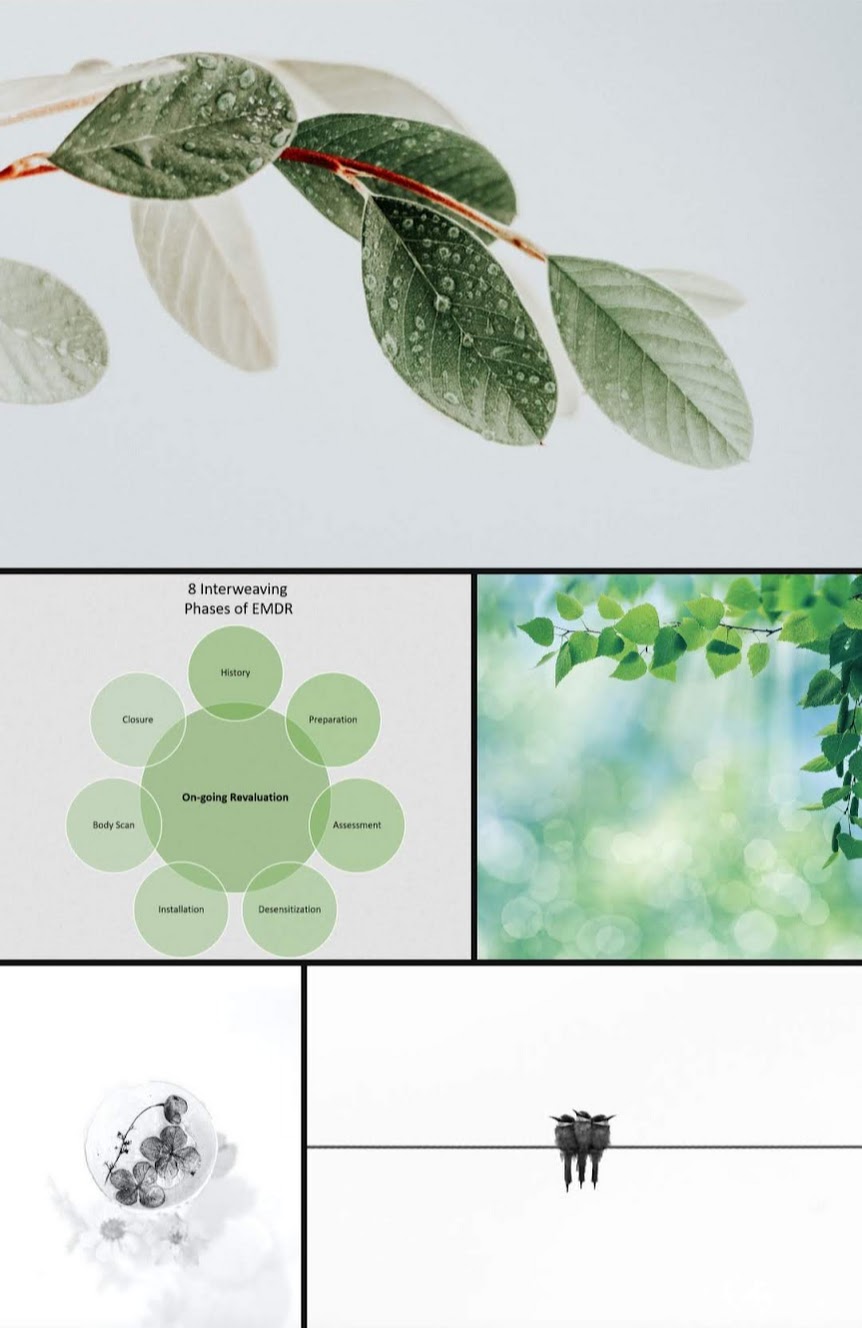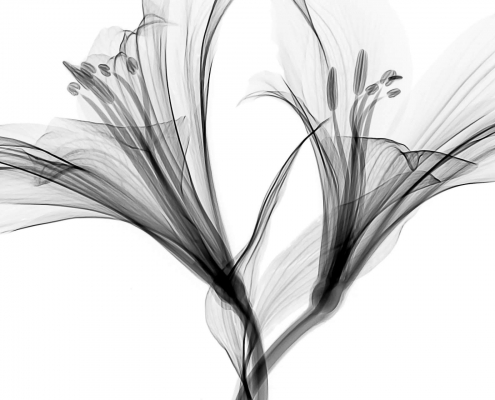When you can share an experience with someone accompanying you along your healing journey, there is an opportunity to explore what it means to have shared moments along the way.
The therapeutic process is guided by the principles of titrating your experience with breath work, resourcing and mindfulness.
EMDR works as a bridge between different levels of experience held within your brain and nervous system; challenges and possibility; dissociation and awareness. These aspects interact with one another, often requiring a process to feel, in order to heal. EMDR can be an invitation to a readiness for integration.
Eye Movement Desensitization and Reprocessing (EMDR) is a psychotherapy method designed to reprocess and relieve experiences associated with difficult memories, thoughts, emotions and sensations. It involves recalling a challenging experience while being aware of, and feeling that particular experience.
While you are reprocessing, EMDR therapy invites neuroplasticity and a dual awareness:
Neuroplasticity is the brain’s ability to learn and adapt, creating new neural pathways for possibility and change.
Dual Awareness is the sense of knowing the memories are in the past, and an awareness of being in the present.
Reprocessing creates an opportunity for the brain to access an experience that holds energetic charge, bringing it into a more aware state. The brain can reprocess the experience, mapping new neuropathways, allowing for possibility to happen in the present.
EMDR uses a variety of bilateral stimulation (BLS) techniques to reprocess, and to encourage memories to be more integrated.
The Butterfly Hug can be used remotely in EMDR therapy with a psychotherapist, and is a simple self administered technique, by tapping bilaterally on both sides of the body. The BLS helps to activate, and reprocess memories and experiences.
To begin, there are 8 phases of EMDR that are foundational:
1. Client History – Identify specific memories, thoughts, emotions and sensations.
2. Preparation – Create, visualize and embody safe and relaxing resources.
3. Assessment – Evaluate memories, feelings, beliefs and sensations.
4. Desensitization – Use bilateral simulation to process memories.
5. Installation – Invite positive beliefs, replacing limited beliefs, emotions and sensations associated with the memories.
6. Body Scan – Reduce any physiological symptoms with further bilateral stimulation.
7. Closure – Resource, and ground to a safe calm equilibrium as the session winds down.
8. Re-evaluation – Check what elements of the memory and experience have been processed.
The EMDR reprocessing phase (the fourth phase) stimulates both hemispheres of the brain.
The Butterfly Hug technique works by crossing your arms across your chest, while tapping on both sides of your body for the same amount of time. In this way, the brain receives the same level of stimulation, and is able to reprocess the experience, and also stimulates the parasympathetic nervous system to regulate.
The Butterfly Hug bilateral technique:
1. Cross your arms comfortably across your chest.
2. Hook your thumbs together, so they fit nicely together, with your hands lying on your chest.
3. Tap bilaterally (alternating left and right) using your fingertips on each side of your chest.
Alternatively, if it’s more comfortable:
1. Cross your arms across your chest, so they rest easily on your chest.
2. Tap bilaterally using your fingers (alternating left and right) on each of your upper arms.
As the bilateral stimulation (BLS) activates the entire brain, it starts to access the information it didn’t have available at the time. The brain and nervous system have the opportunity to integrate memories, and experiences more effectively, supporting the physiological activation associated with the experience to slow down.
EMDR helps to restore the natural way of processing the unprocessed distress held in the brain and body. It assists in creating new connections, leading to more flexible and adaptive responses.
If you would like more information, please visit the Frequently Asked Questions (FAQ) page


